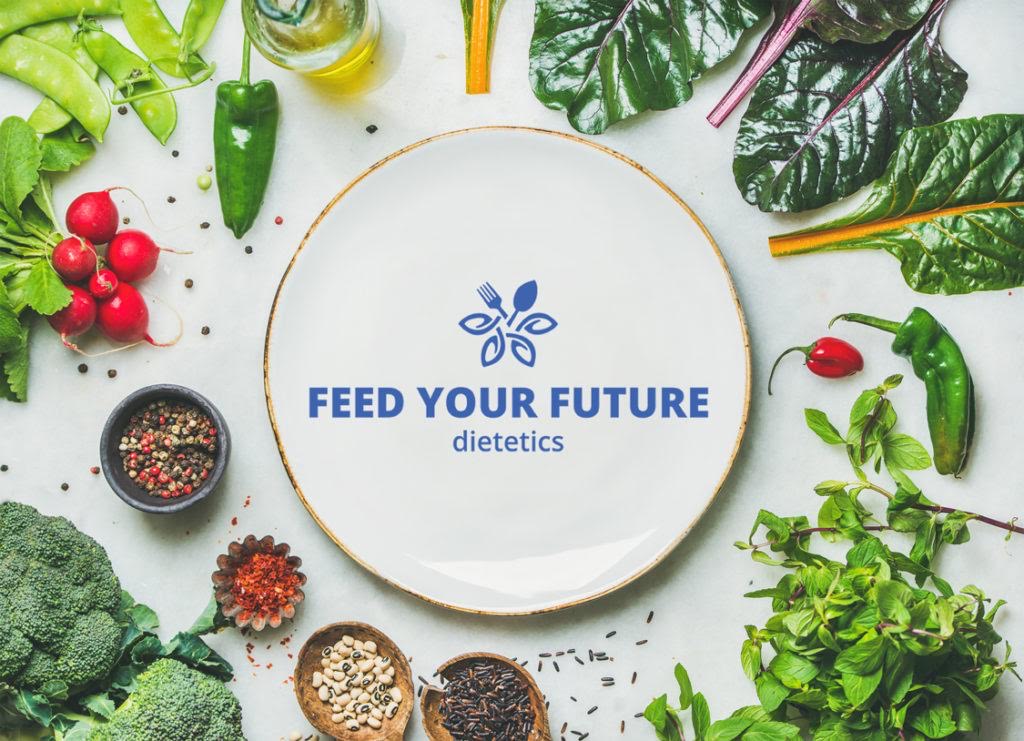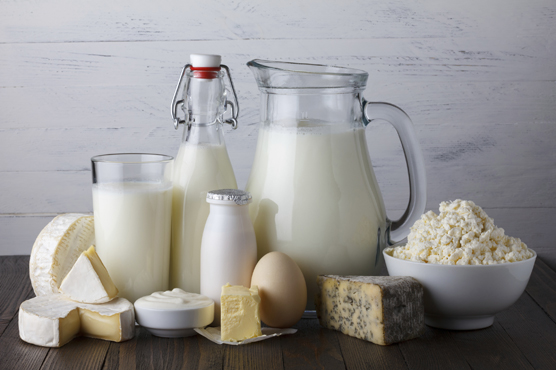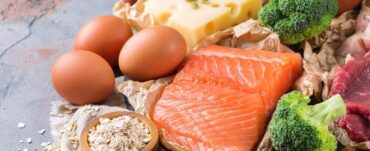The importance of calcium goes beyond strong bones to prevent osteoporosis. Calcium also assists with normal muscle contractions, regulating your heart rate and normal blood clotting. On top of this calcium helps the body work optimally by helping things called enzymes and your nervous system work at its best.
So how much do you need?
Women aged 19-50 and men aged 19-69 need 2.5 servings a day.
If you are a woman over 51 the serving required increases to 4 servings a day. This is because of the process of menopause and the increase likelihood of developing osteoporosis as the hormones change in a woman’s body.
For men the serving size increases to 3.5 serves from age 70 onwards.
So what makes up a serving?
- 200g of yoghurt (be aware most tubs bought in the supermarket do not equal 200g, most are sold at around 160g). So make sure you read how much is in a tub!
- 250ml of milk.
- Hard cheese like cheddar a serving is 40g or a matchbox size.
- Ricotta is less energy dense than harder cheese so a serving is half a cup.
- Half a cup of evaporated milk.
What if you are lactose intolerant or vegan?
Options can include:
- Fortified soy, rice or other cereal drinks. Look for fortified (or added calcium) of at least 100g per 100ml. You can find this usually on the most right panel of a carton.
- Salmon with bones (include the bones as this is the part with the calcium).
- 60g Sardines
- 100g firm Tofu
- 100g almonds (almonds are about 1g each and very energy dense, so be mindful when choosing this option).
Unfortunately, absorbing the calcium in the body is not as simple as eating or drinking a food or beverage. The calcium will not be absorbed well when combined in the meal which includes caffeine. Calcium is also inhibited by foods which contain phytates found mostly in nuts, seeds, beans and grains and oxalates found in large amounts in spinach and beet greens.
In addition to these, the body needs enough Vitamin D to take in the calcium and absorb it properly. Osteoporosis Australia recommends 5-10 minutes of sun exposure for moderately fair skin or 15-60 minutes for darker skin before 10am or after 2pm. It can be the hands forearms and face only and doesn’t need to be the whole body exposed.
Food sources of vitamin D include the yolk of an egg, seafood, dairy, UV exposed mushrooms and fortified products like margarine.
Take home message: Look after your body, help it function optimally and include enough calcium as part of an overall balanced diet.
References
- Council NHaMR. Nutrient Reference Values Australia and New Zealand Australia: Commonwealth of Australia; 2005 [cited 2015 8/8/2015]. Available from: https://www.nrv.gov.au/nutrients/vitamin-d.
- Australia O. Vitamin D Australia: Osteoporosis Australia; 2014 [updated 2014; cited 2015 10/8/2015]. Available from: http://www.osteoporosis.org.au/.
- Australian guide to healthy eating. Journal of the Home Economics Institute of Australia. 2013;20(1):7. https://www.nrv.gov.au/nutrients/calcium
- Council NHaMR. Nutrient Reference Values Australia and New Zealand Australia: Commonwealth of Australia; 2005 [cited 2015 8/8/2015]. Available from: https://www.nrv.gov.au/nutrients/calcium.








